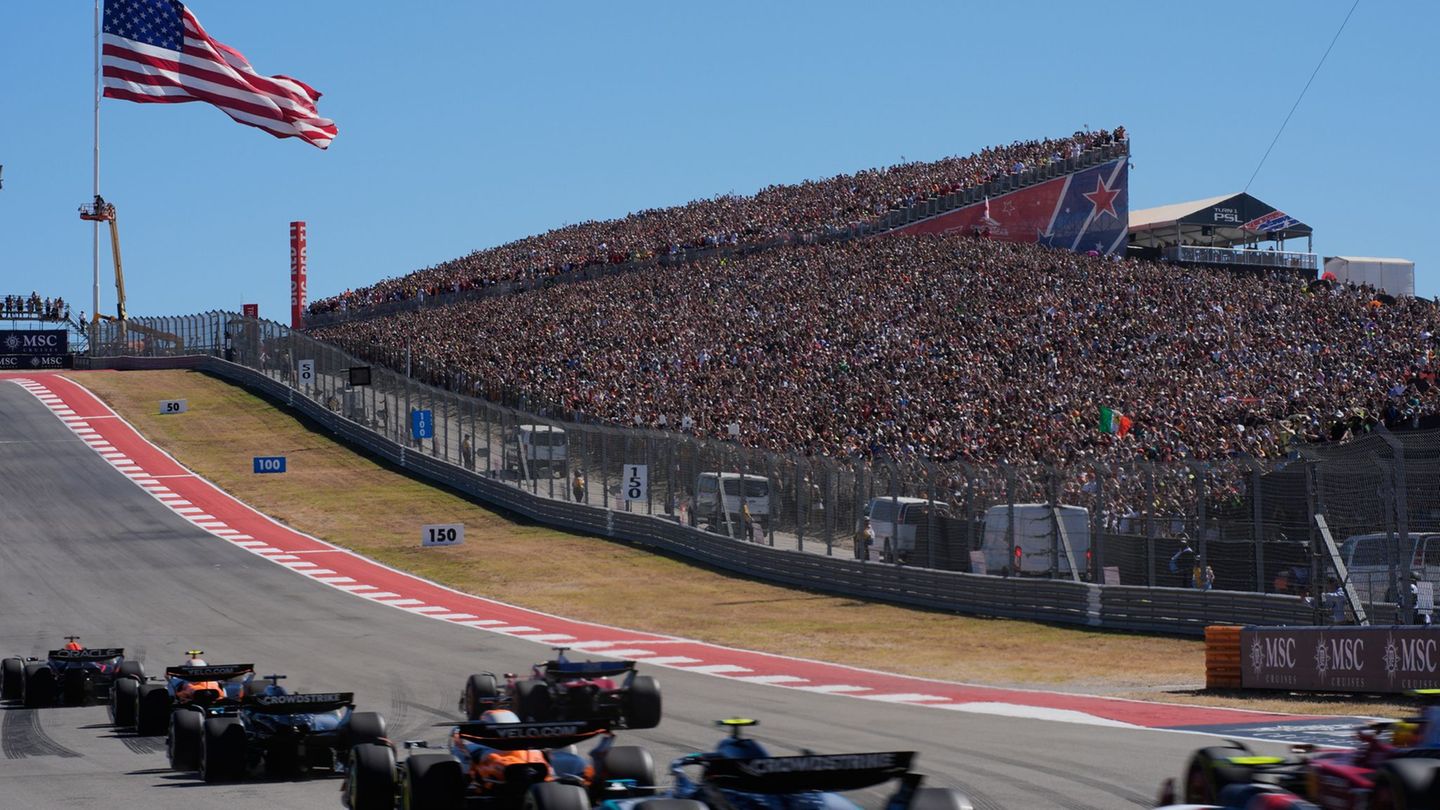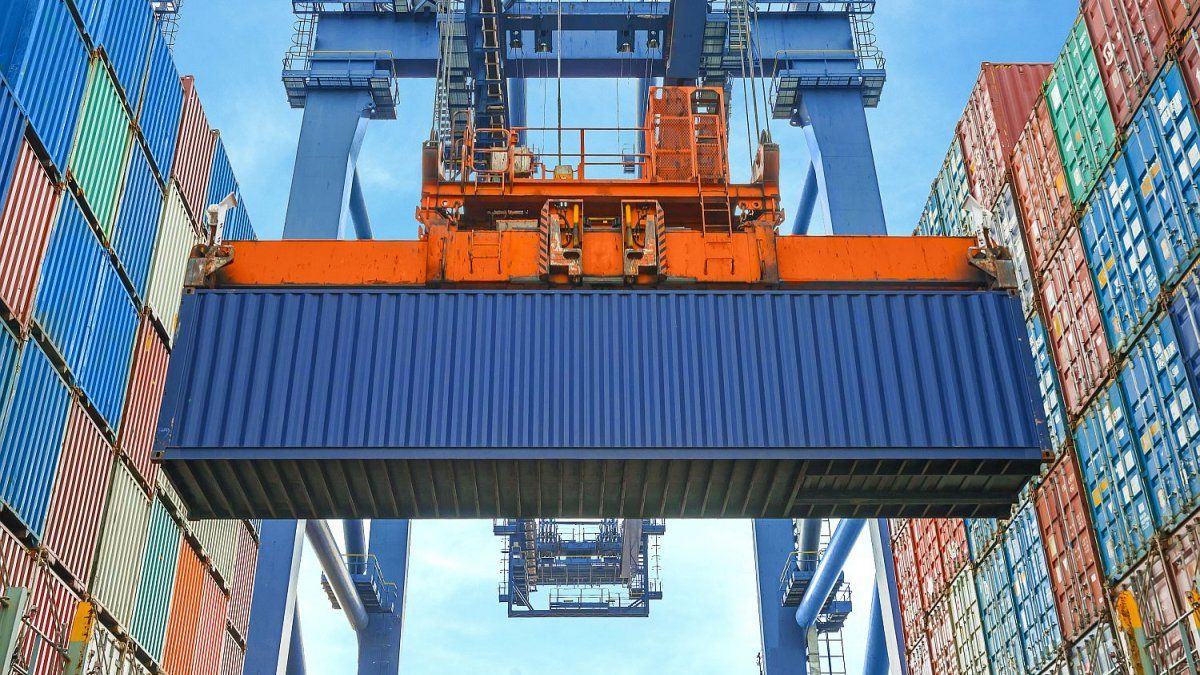Although poverty in Latin America was reduced after the impact generated by the Covid-19 pandemic, The region still faces strong inequality that must be combated by strengthening social protection systems.a report revealed on Tuesday.
The Economic Commission for Latin America and the Caribbean said in its text entitled “Social Panorama” that The region is characterized by high inequality, low social mobility and weak social cohesion with weak social policies and protection systems, that do not reduce the effects of inequality rooted in the productive system.
“The decrease in poverty at the regional level in 2023 is mainly explained by the evolution of its incidence in Brazil, a country that contributed around 80% of the variation observed in the regional average,” he specified and expanded: “Poverty, At an aggregate level, it continued to decline gradually after the rise during the coronavirus disease (COVID-19) pandemic and It reached 27.3% of the population in 2023, the lowest poverty record in Latin America since 1990, although very similar to that observed in 2014.“.
Without Brazil, regional poverty would have remained at 28.4%. Meanwhile, for this year the report projects that poverty will be reduced to 26.8% (170 million people), while extreme poverty will be 10.4%. The 2023 result represented a decrease of 1.5 percentage points compared to 2022 and a drop of more than 5 points compared to 2020, the year in which the pandemic broke out. Extreme poverty was at 10.6%.
At the country level, Colombia, El Salvador, Paraguay and the Dominican Republic They reduced the indicator by at least one point, while in Honduras and Peru it increased. The report indicated that in eight of the 12 countries that reduced poverty in the period 2021-2023income from salaried work was the main force driving the decline.
They also had an important effect public transfers – which include state programs such as conditional or unconditional monetary deliveries -, emergency aid and non-contributory pensions. On the other hand, the distribution of wealth is even more concentrated and unequal than that of income, he noted.
Social spending and the labor market: how ECLAC sees the region
The level of social spending in the region remained relatively stable in 2023with an average equivalent to 11.5% of GDP, 0.1 percentage points more than in 2022, the report highlighted. “Beyond the diverse realities of the countries in terms of poverty gaps and their equivalents in economic value, it is possible to establish common sustainable public spending goals that allow progress in the eradication of poverty“, said.
The labor market showed little dynamism, with no changes in the labor participation rate between 2022 and 2023, while the occupancy rate grew 0.3 percentage points and the average unemployment rate fell 0.6 points.
The strengthening of social protection systems “particularly non-contributory social protection, is a strategic space for the adoption of an integrated approach that can have significant impacts on the reduction of poverty, the various causes of inequality and low levels of of social cohesion,” he said.
Source: Ambito
I’m a recent graduate of the University of Missouri with a degree in journalism. I started working as a news reporter for 24 Hours World about two years ago, and I’ve been writing articles ever since. My main focus is automotive news, but I’ve also written about politics, lifestyle, and entertainment.




